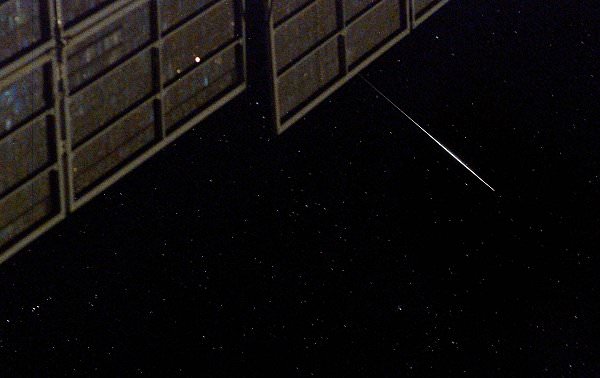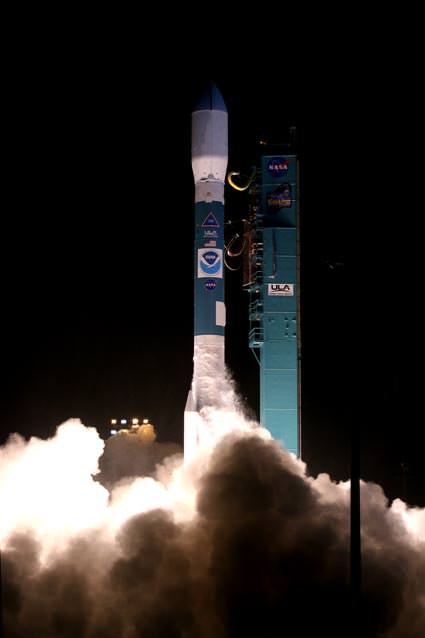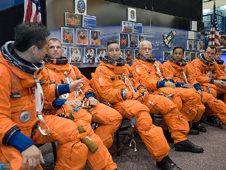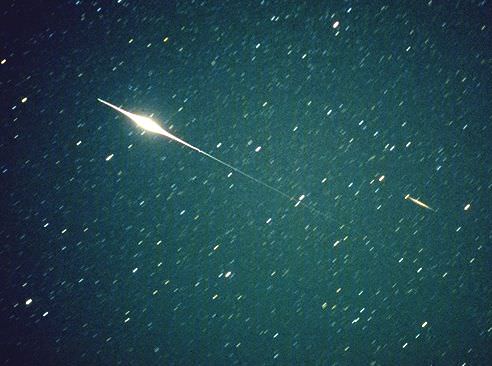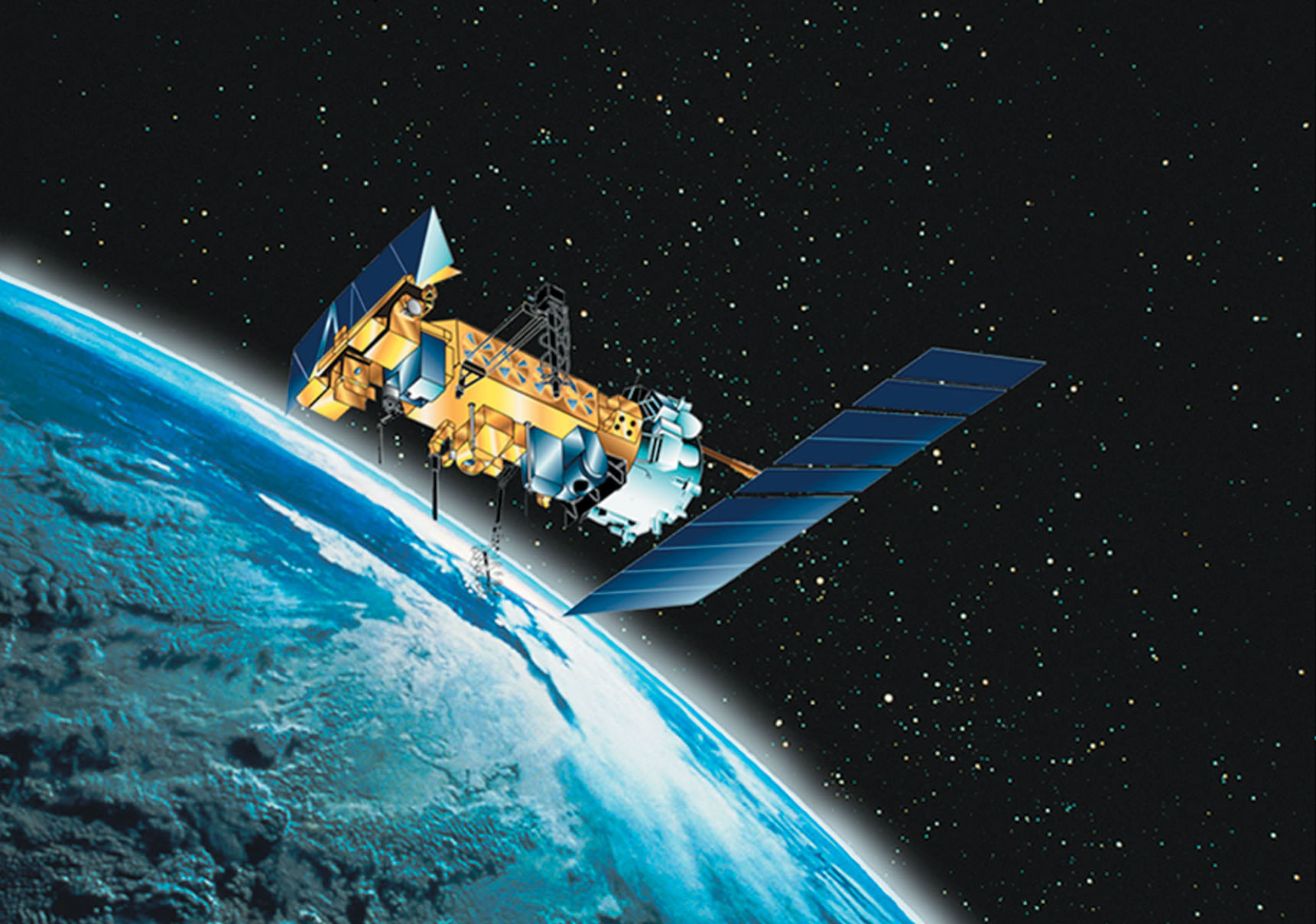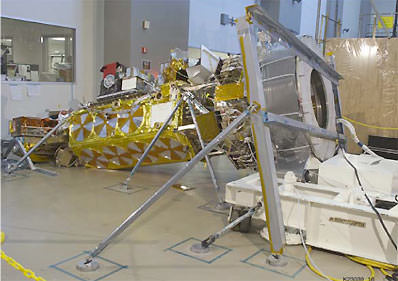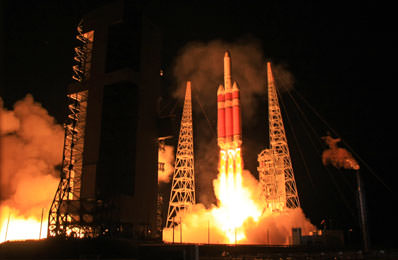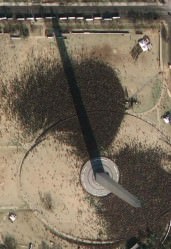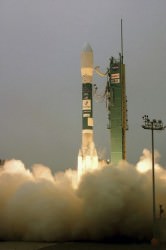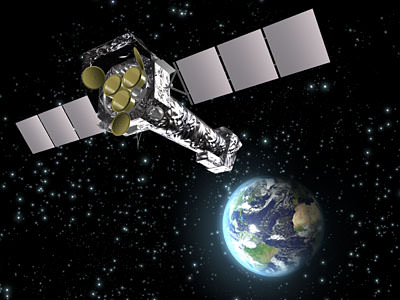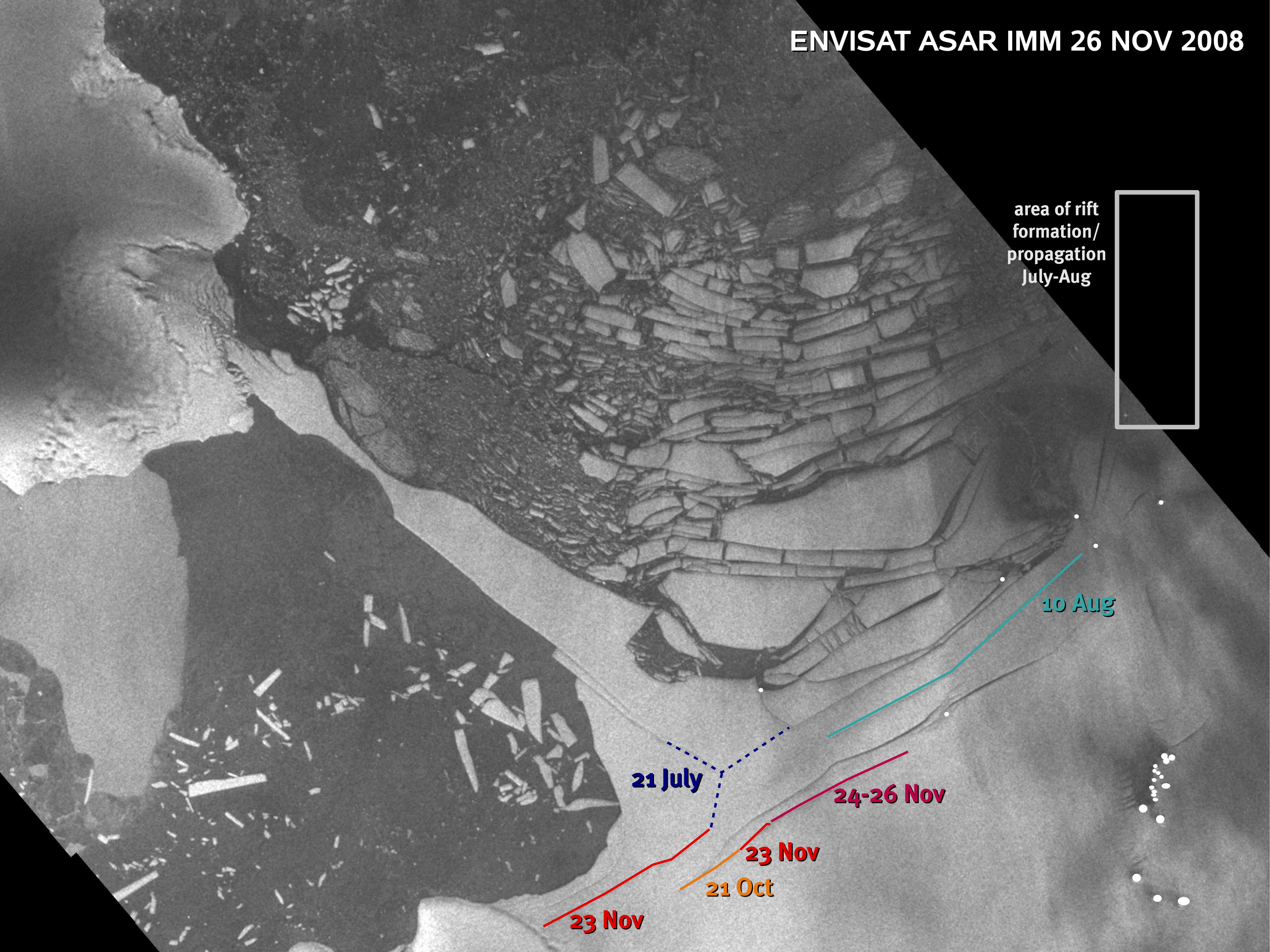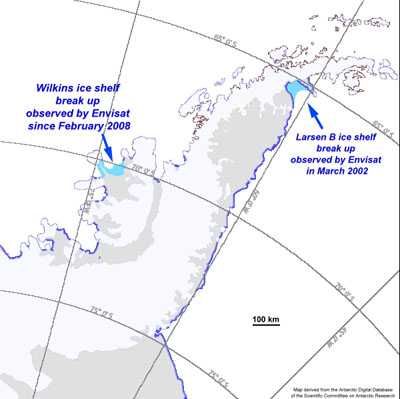[/caption]
A commercial Iridium communications satellite collided with a Russian satellite or satellite fragment, on Tuesday, creating a cloud of wreckage in low-Earth orbit, according to CBS News. A source quoted in the article said U.S. Space Command is tracking about 280 pieces of debris, most of it from a non-operational Russian satellite. It appears the International Space Station is not currently threatened by the debris, but it’s not yet clear whether the debris poses a risk to any other satellites in similar orbits. Iridium operates a constellation of approximately 66 satellites, along with orbital spares, to support satellite telephone operations around the world.
Neither NASA or Iridium Satellite LLC has officially released any information about the collision, and a spokesman for U.S. Space Command was not aware of the incident. But one NASA manager who asked not to be named, seemed to confirm the collision and said, “Everybody is saying the risk (of further collisions) is minimal to NASA assets.”
UPDATE: The Spaceflightnow.com article has been updated with quotes from a statement by Iridium and U.S. Strategic Command, that confirm the collision took place.
In an article on Spaceflightnow.com, Nicholas Johnson, NASA’s chief scientist for orbital debris at the Johnson Space Center in Houston, confirmed the collision. “They collided at an altitude of 790 kilometers (491 miles) over northern Siberia Tuesday about noon Washington time,” said “The U.S. space surveillance network detected a large number of debris from both objects.”
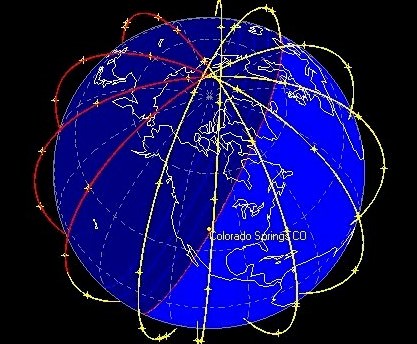
The Iridium spacecraft are in orbits tilted 86.4 degrees to the equator at an altitude of about 485 miles while the ISS orbits Earth at an altitude of about 215 miles in an orbit tilted 51.6 degrees to the equator. Other civilian science satellites operate in polar orbits similar to Iridium’s and presumably could face an increased risk as a result of the collision.
Johnson said the collision is unprecedented. “Nothing to this extent (has happened before),” he said. “We’ve had three other accidental collisions between what we call catalog objects, but they were all much smaller than this and always a moderate sized objects and a very small object. And these are two relatively big objects. So this is a first, unfortunately.”
Sources: CBS News, Spaceflightnow.com

